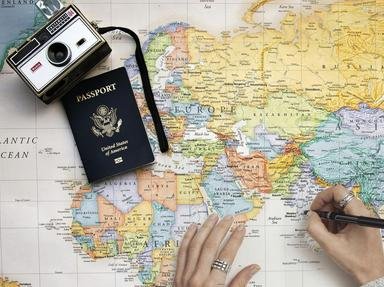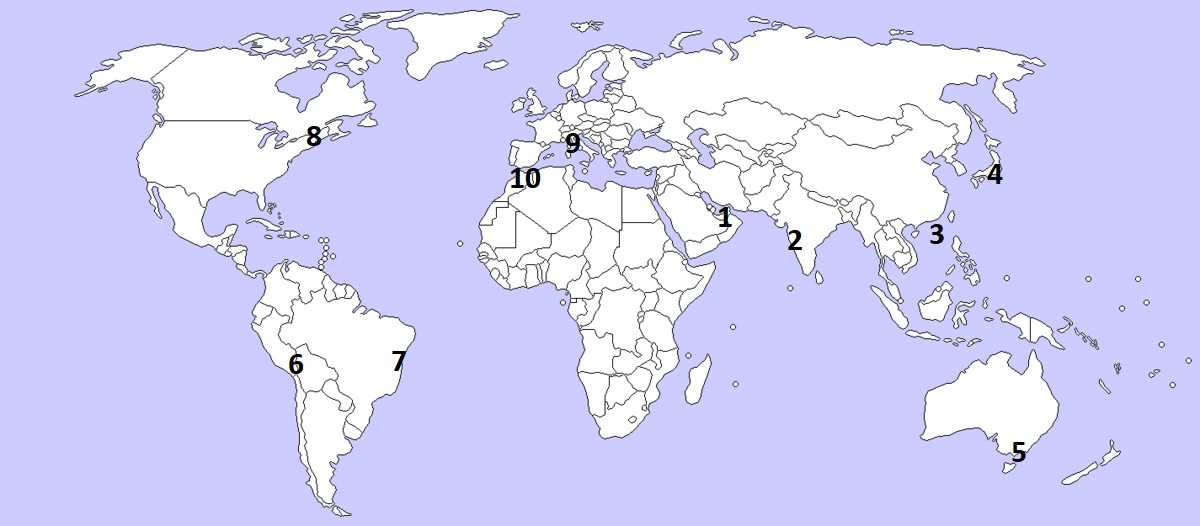
Living on Borrowed Land Trivia Quiz
Sometimes there just isn't enough room on solid land, and you have to improvise. Can you locate each of these regions or structures that was built on borrowed land?
A label quiz
by looney_tunes.
Estimated time: 3 mins.
